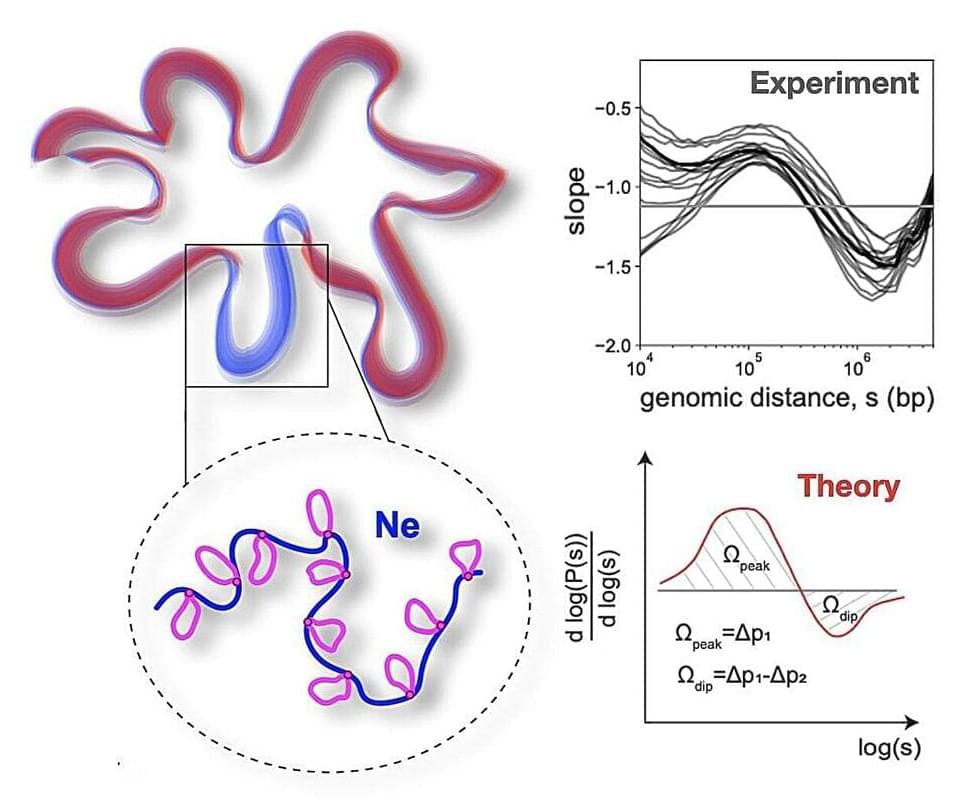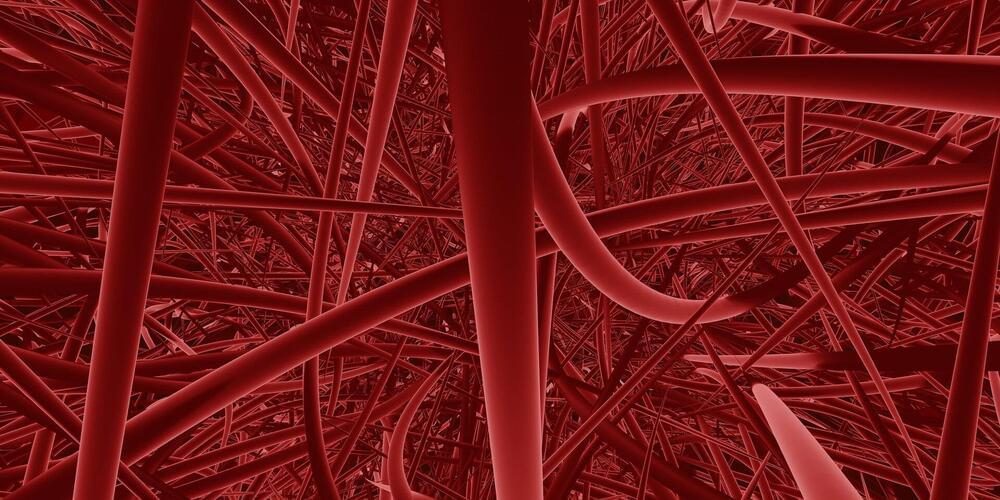Are you a startup, an academic team or a SME working on a solution to secure the cognitive domain from attacks aimed at manipulating human behaviour and sow…
Get the latest international news and world events from around the world.
Newport Lecture Series: “Artificial Intelligence & Cognitive Warfare” with Yvonne Masakowski
Psychologist Yvonne R. Masakowski, Ph.D., a retired Associate Professor in the College of Leadership & Ethics at the USNWC, discusses the threat of psychological warfare in the 21st century and the disturbing possibilities that could shape how we think and act in the future. The Naval War College Foundation hosted this wide-ranging presentation — one of the most popular in our series — on February 23, 2022.
Cognitive Warfare — The Fight for your Heart and Mind
In his new video, Colonel Markus Reisner explains how both Russia and Ukraine are trying to use propaganda to influence the minds of western populations. He shows that in addition to the traditional domains of war, the cyber domain and the information domain are playing an increasingly important role today.
#Bundesheer #Ukraine
Your Brain: Perception Deception | Full Documentary | NOVA | PBS
Neuroscientists discover the tricks and shortcuts the brain takes to help us survive.
Official Website: https://to.pbs.org/3Ic9dRS | #novapbs.
Is what you see real? Join neuroscientist Heather Berlin on a quest to understand how your brain shapes your reality, and why you can’t always trust what you perceive. In the first hour of this two-part series, learn what the latest research shows about how your brain processes and shapes the world around you, and discover the surprising tricks and shortcuts your brain takes to help you survive.
Chapters:
00:00 Introduction.
03:59 The Science of Optical Illusions and Blind Spots.
13:48 Is the Dress Blue and Black or White and Gold?
21:06 Yanny or Laurel? Auditory Illusions.
24:46 Is Pain an Illusion?
30:28 What is Consciousness? Blind Spots and Babies.
41:35 How is Consciousness Measured?
45:32 How the Brain Affects Memories.
50:14 Conclusion.
© 2023 WGBH Educational Foundation.
All rights reserved.
This program was produced by GBH, which is solely responsible for its content.
This program is made possible by viewers like you. Support your local PBS station here: https://pbs.org/donate/
DARPA and Materials
In 1960, DARPA funded three university-based Inderdisciplinary Laboratories (IDLs) that opened the way toward an enormous field of research and development known today as materials science and engineering. In this video, DARPA program managers, DARPA-funded researchers, and a Naval Research Laboratory scientist tell this field-building story as it unfolded over the past six decades, all the while delivering breakthroughs in the way materials are designed, processed, and deployed to push technologies forward. Intelligent processing of materials (IPM), accelerated insertion of materials (AIM), and integrated computational materials engineering (ICME) are among the specific programs detailed in the video. DARPA is currently developing technologies that enable the crafting of new materials with unprecedented properties by designing and controlling matter from atoms on up to human-scale systems.

Physicists model chromosome folding, reveal how loops affect spatial organization of the genome
Human chromosomes are long polymer chains that store genetic information. The nucleus of each cell contains the entire human genome (DNA) encoded on 46 chromosomes with a total length of about 2 meters. To fit into the microscopic cell nucleus and at the same time provide constant access to genetic information, chromosomes are folded in the nucleus in a special, predetermined way. DNA folding is an urgent task at the intersection of polymer physics and systems biology.
A few years ago, as one of the mechanisms of chromosome folding, researchers put forward a hypothesis of active extrusion of loops on chromosomes by molecular motors. Although the ability of motors to extrude DNA in vitro has been demonstrated, observing loops in a living cell experimentally is a technically very difficult, almost impossible, task.
A team of scientists from Skoltech, MIT, and other leading scientific organizations in Russia and the U.S. have presented a physical model of a polymer folded into loops. The analytical solution of this model allowed scientists to reproduce the universal features of chromosome packing based on the experimental data—the image shows the peak-dip derivative curve of the contact probability.

Networking nano-biosensors for wireless communication in the blood
Biological computing machines, such as micro and nano-implants that can collect important information inside the human body, are transforming medicine. Yet, networking them for communication has proven challenging. Now, a global team, including EPFL researchers, has developed a protocol that enables a molecular network with multiple transmitters.
First, there was the Internet of Things (IoT) and now, at the interface of computer science and biology, the Internet of Bio-Nano Things (IoBNT) promises to revolutionize medicine and health care. The IoBNT refers to biosensors that collect and process data, nano-scale Labs-on-a-Chip that run medical tests inside the body, the use of bacteria to design biological nano-machines that can detect pathogens, and nano-robots that swim through the bloodstream to perform targeted drug delivery and treatment.
“Overall, this is a very, very exciting research field,” explained Assistant Professor Haitham Al Hassanieh, head of the Laboratory of Sensing and Networking Systems in EPFL’s School of Computer and Communication Sciences (IC). “With advances in bio-engineering, synthetic biology, and nanotechnology, the idea is that nano-biosensors will revolutionize medicine because they can reach places and do things that current devices or larger implants can’t,” he continued.

NSF awards team $2M to develop faster and more efficient semiconductors
The COVID-19 pandemic supply shortfalls and geopolitical issues cast a bright light on the decline of semiconductor manufacturing in the United States, down from 37 percent of the global total in 1993 to about 12 percent now. The Creating Helpful Incentives to Produce Semiconductors and Science Act of 2022 (CHIPS Act) directed $280 billion in spending, with the bulk on scientific research and development.
America needs better computer chips.
Mobile devices are ubiquitous; we carry them around in a pocket or purse and use them for everyday tasks. However, they are connected to centralized servers and thus cannot learn much about or adjust to their complicated and changing environments independently.


Nvidia Q3 Earnings Explode On Surging Data Center AI And Gaming Demand
At this point, Nvidia is widely regarded as the 800 pound gorilla, when it comes to silicon and software for artificial intelligence.
Beyond AI, as I mentioned previously, all of Nvidia’s BUs realized quarterly growth. Though its Automotive group rose a modest 3% to $261M, the company’s automotive design win pipeline is projected at $14 billion in new business (numbers soon to be updated). Automotive design wins have a longer gestation period, and the company has noted that this revenue impact opportunity will begin materializing in 2024 and beyond. Shifting to Nvidia’s Professional Visualization business unit, sequential growth of 9.8% to $416 million was achieved, while the company’s OEM And Other business grew 10.6% to $73 million. Finally, Nvidia’s Gaming group delivered $2.856 billion for the quarter, compared to $2.49 billion in its previous Q2 quarter (up about 15%), and $2.24 billion quarter on quarter from a year ago. Here again, the company’s gaming GPUs and software are widely respected as the performance and feature leaders currently in the PC Gaming industry, though its chief rival AMD is beginning to execute better with its Radeon product line, along with its potent Ryzen CPUs as a 1–2 punch platform solution.
Moving forward, the company guided for a nice round $20 billion for its Q4 FY24 number, representing a projected 11% sequential gain. There will be a bit of headwind of course, from competitors like AMD that is expected to deliver its MI300 GPU AI accelerators in December at its Advancing AI event. That said, it’s going to be a tough slog for all competitors, due to Nvidia’s long-building inertia as the clear leader and incumbent in AI. Another component of the company’s data center silicon portfolio is just coming online now as well, with its Grace-Hopper combined CPU-GPU Superchip, competing for host processor AI data center sockets, which Huang noted is “on a very, very fast ramp with our first data center CPU to a multi-billion dollar product line.”
Any way you slice it, there’s no stopping Nvidia from this level of growth for the foreseeable future, as AI adoption tracks a similar curve. The company continues to execute like a finely tuned machine, and the numbers, as they say, don’t lie.